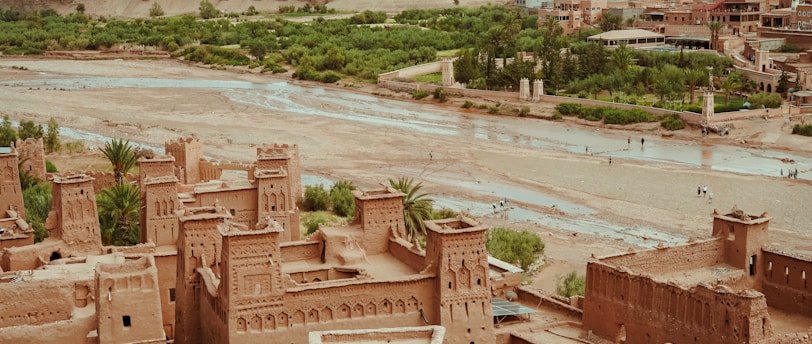Tata Somba Benin
Benin is full of incredible, traditional architecture. From the Stilt villages of Ganvie in the South, to the Tata Somba houses in the North, these traditional houses provide a fascinating glimpse into the lives of many West Africans over the past century. As modernization occurs, much of the younger generation are choosing to move away from their traditional housing into more modern houses.
AFRICAN HISTORY
deangichukie
1/2/20242 min read


Benin is full of incredible, traditional architecture. From the Stilt villages of Ganvie in the South, to the Tata Somba houses in the North, these traditional houses provide a fascinating glimpse into the lives of many West Africans over the past century. As modernization occurs, much of the younger generation are choosing to move away from their traditional housing into more modern houses.
The tribe of people living in the Atacora region in Northern Benin are referred to as “Somba”. In the Somba language, the word for fortress is “tata”, so a Tata Somba House is literally a fortress of the Somba people. They are known for being skilled builders. They’re typically two stories tall and have mud walls, straw roofs, and turrets like you might see on a castle. Though similar to the tekyete structures found in neighboring Togo, tata-somba houses uniquely have designs engraved on both inner and outer walls. These abstract, geometric patterns are hand-drawn by Somba women and viewed as symbols of fertility and prosperity.
The takyenta or Tata Somba is far from a simple, practical building. It is a reflection of Batammaliba cosmology, religion, philosophy and way of life.
Kuiye, the Batammaliba sun and Creator god, is the ultimate architect, having not only built an enormously tall, multilevel Tata Somba in the “sun village” in the western sky, but also on the very earth, out of a piece of iron. The Batammaliba, whose name means “those who are the real architects of the earth” strive to follow Kuiye’s example and shape their two-story mudbrick dwellings in the image of, and as temples to, this deity.
One popular myth says that the distance between Batammaliba houses is determined by the shooting of an arrow. This has no basis in fact, but the houses are built far enough apart to guarantee some degree of independence and self-sufficiency.
An architect, or otammali, is one of the most revered and well-remembered members of Batammaliba society. Upon the death of an elder architect, his children perform a ceremony, kneeling on his grave, to ensure his talents are passed down. The men inherit the talent for building, while the women inherit the knowledge of plastering walls and floors.
